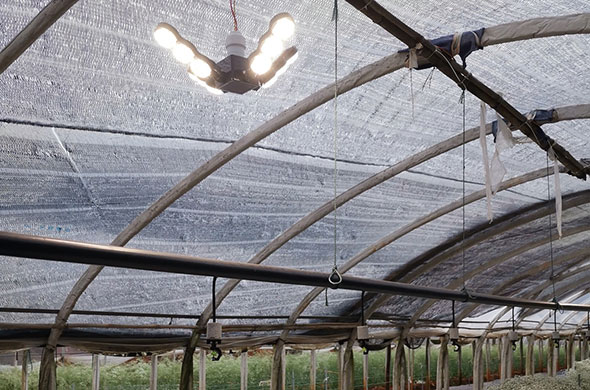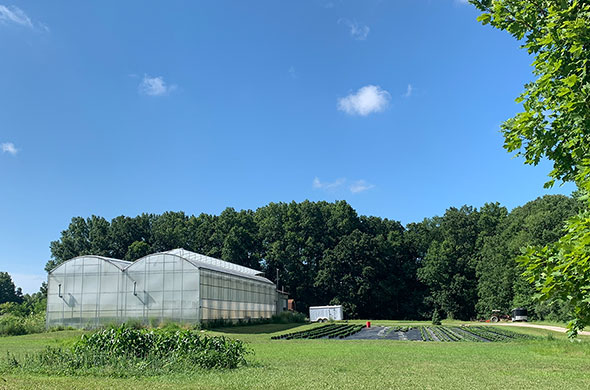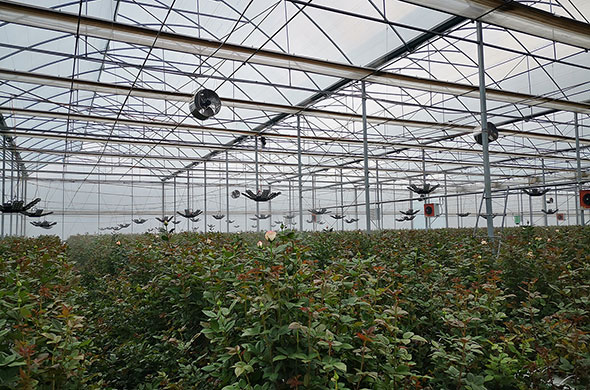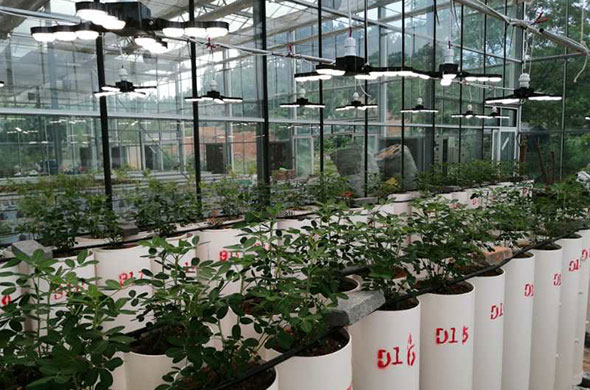Sansi LED: Sustainable LED Lighting and Integrated LED Display
Delivering premium and professional LED Display, LED Lighting, Smart City Integration solutions, trusted by over 60,000 companies worldwide everyday. From industrial lighting to commercial lighting, from outdoor advertising to XR & VR production, Sansi LED greatly improves the quality and sustainability of your business with 30 years of expert experiences.
The earliest artificial seedling cultivation can be traced back to the origin of agricultural civilization. Humans achieve higher yields by selecting seeds, choosing the right sowing time, and using fertilizers. With the development of agricultural technology, the appearance of seedling beds and seedling pots gave birth to the initial form of seedling systems. The application of modern greenhouse seedling technology has provided relatively more controllable environmental conditions for seedling cultivation, improving the effectiveness and production efficiency of seedling cultivation, but there are also some uncontrollable factors.

Taking tomatoes as an example, the planting time usually starts in late August, and planting units need to start seedling cultivation in mid to late July, and complete all seedling stages such as germination, grafting, and healing around mid-August. However, July and August are the hottest months of the year in glass greenhouses, with temperatures exceeding 40°C and locally reaching temperatures above 50°C, even with cooling measures, it is difficult to control the temperature below 40°C. Traditional glass greenhouse seedbeds cannot complete the seedling process at such high temperatures, so many planting units have to spend a large amount of money to purchase seedlings from external sources for planting tasks in late August.

The "fully artificial light environment vertical seedling plant factory" jointly developed by Shanghai Academy of Agricultural Sciences and Sansi LED has successfully addressed the above challenges at a large tomato planting base in a glass greenhouse in Shanghai.
At the project site, in a closed indoor space of about 300 square meters, 25 sets of variable spectrum vertical seedling systems "Vertical X" and supporting temperature control equipment, humidification equipment, water and fertilizer integrated equipment, ventilation equipment, as well as related sensors, control terminals, etc., have been installed to form a small-scale fully artificial climate-type seedling plant factory.

In this small seedling factory, the conditions for plant growth such as light, temperature, humidity, water, fertilizer, and ventilation are all precisely controllable, allowing year-round seedling production activities without being limited by the seasons. The seedling cycle can be shortened by one-third, greatly improving seedling efficiency, reducing energy waste, and achieving a seed survival rate of over 95% after grafting, fully meeting industry requirements.

In large fruit and vegetable greenhouses, several different varieties of crops are often planted. Sansi Vertical X is a seedling supplementary lighting system that can precisely control light quality, light intensity, and light cycle, adjusting light environmental factors according to the types of planted crops to meet the seedling needs of different crop varieties.




